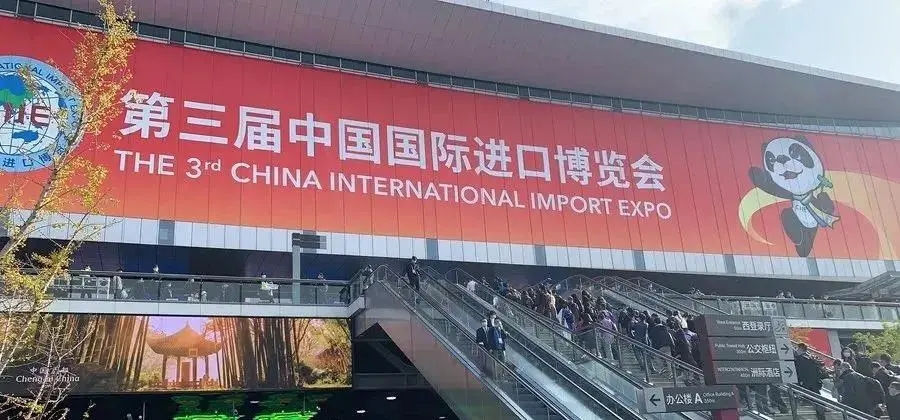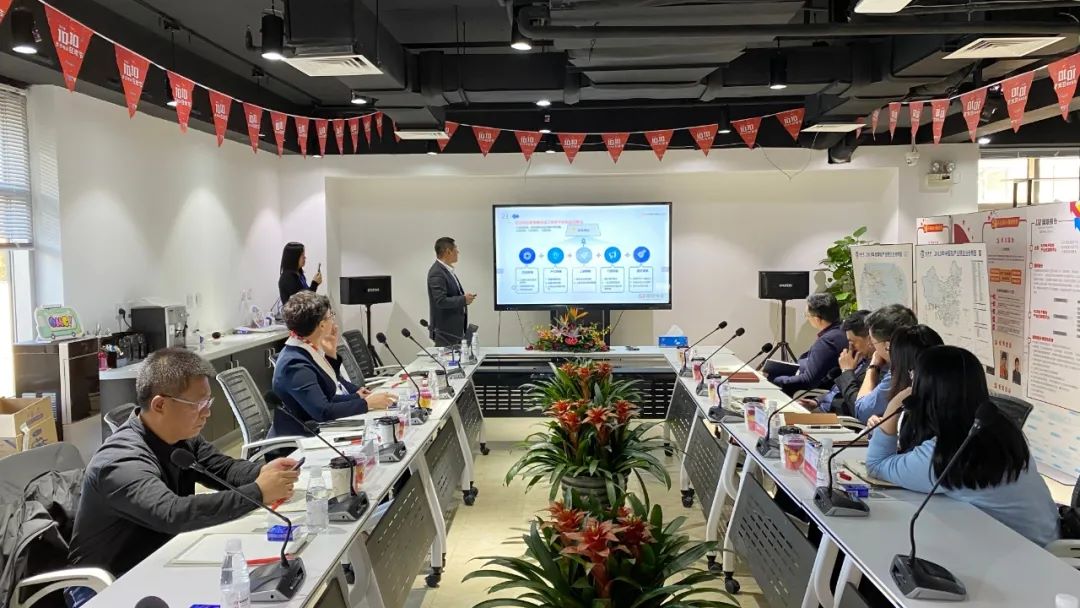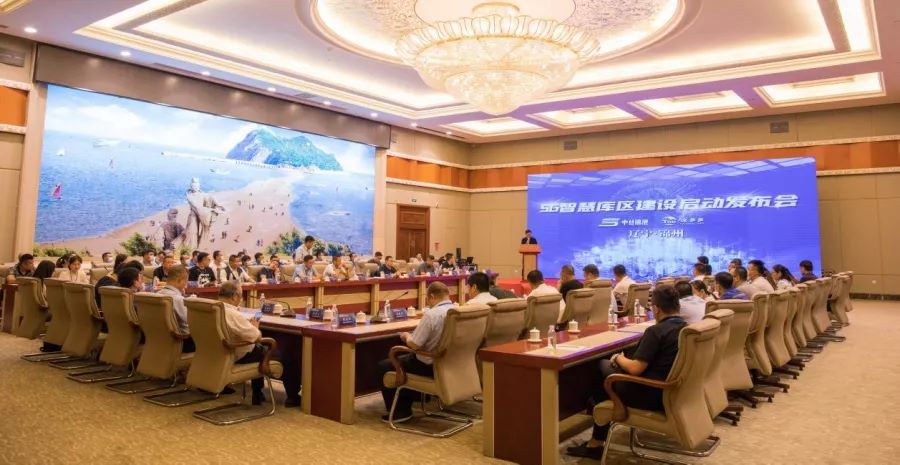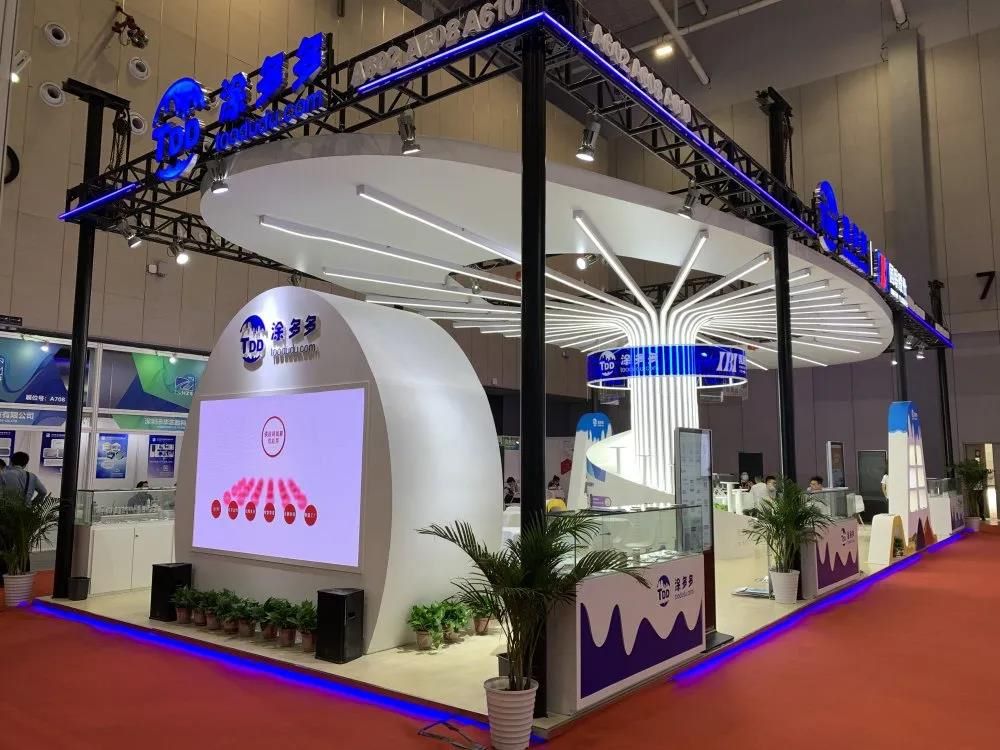Closure, reduction, elimination, expansion; tire companies' investment changes direction
Amid record investment levels, global tire production has steadily shifted to low-cost regions in recent years, a structural industry trend that has gained momentum in 2024.
01 Weak investment in the tire industry in Europe and the United States
While Europe has attracted some investment - Bridgestone's projects in Spain and Hankook's in Hungary - most of the capital expenditures announced this year have gone to projects elsewhere.
The European tire industry is more concerned about the growing toll that low-cost imports from Asian countries are taking on the viability of historic manufacturing facilities and jobs in the region. For example, Michelin recently announced plans to close two plants in France, one of five other major plant closures in the pipeline in Germany, three by the French group and two by Goodyear.
While other factors such as high energy costs in Europe are also at play, the main driver behind the loss of these facilities is competition from regions with lower production costs. In announcing its latest closures, Michelin pointed to a "profound transformation" in the passenger car and truck tire markets, which have "strongly shifted to low-cost tires, mainly from Asia" in recent years.
The company said that over a 10-year period, the market share of entry-level passenger cars and vans, and truck tires grew by 9 and 11 percentage points respectively, hurting sales of premium products. "This situation has led to structural overcapacity at some Michelin passenger car and truck tire plants in Europe," the French group's statement continued.

02 US tire plant reduction and closure
The restructuring trend is not limited to Europe, as evidenced by the decision of Sumitomo Rubber Industries (SRI) to close its US tire production operations and Yokohama Rubber Company (YRC) to close its off-road tire plant in Israel. For its part, Sumitomo Rubber linked the closure of its New York plant to the deterioration of productivity and profitability in the division, which produces tires for cars, motorcycles, trucks and buses, under "tough" trading conditions.
Explaining its move, Yokohama said that in recent years, major tire manufacturers have established plants in South Asia to be closer to key raw materials and low-cost labor: "This has caused conversion costs in Israel to become uncompetitive compared to Asian producers," the Japanese group added.
03 China's outdated production capacity elimination is accelerating
After a tour of Europe, North America, and Southeast Asia, we will return our attention to the Chinese market, where the capacity reshuffle has not stopped since 2020. The problems of environmental protection and overcapacity in the middle and low-end still plague Chinese tire companies. From 2023 to 2024, nearly 50 million tire production capacity will be eliminated in overseas regions, which is basically consistent with the number of tire production capacity elimination in Shandong in the past four years.
This means that from 2020 to 2024, the tire industry has cleared about 100 million tire production capacity. But it is far from the time to "call a halt", and the elimination of China's tire production capacity in 2024 will continue. Due to investment shifts, Bridgestone terminated the production of truck and bus tires at the Shenyang plant in January 2024. Due to environmental protection issues, in April 2024, a tire factory in Shenzhen that had been in operation for 35 years announced a complete shutdown.
In Shandong, the closure of "two high" projects has never stopped. In order to curb the blind development of high-energy-consuming, high-emission and low-level tire projects from the root, in 2024, there will be 8 tire industry enterprise projects closed due to "two highs". Including Qingdao Kuixing Tire Co., Ltd., Shandong Juncheng Rubber Technology Co., Ltd., Yantai Hengyu Rubber Co., Ltd. and other tire companies, with a total production capacity of about millions of tires.

04 Tire investment expansion hits a new high
Despite this, tire manufacturers have budgeted more than $13 billion for new factories and capacity expansion in the past year, which is the largest 12-month collective investment total tracked by this report in the past four decades. These projects represent an annual production capacity of more than 100 million passenger car tires and 5 million truck/bus tires, as well as tens of thousands of tons of off-road tires, which will be put into production in the next three to four years.
The following are some of the investments announced by tire manufacturers in the past 12 months: China Zhongce Rubber Group and Sailun Group are leading in terms of investment scale, with budget expenditures of more than $1.2 billion and $800 million, respectively, on multiple expansion projects.
This is slightly higher than Yokohama Tire's $745 million capital expenditure, of which $389 million is earmarked for a new passenger car/light truck tire plant in Saltillo, Mexico, with an annual production capacity of 5 million units.
Bridgestone also revealed $467 million in specific expansion and modernization plans, including a six-year, $224 million project at its production plant in Burgos, Spain. The investment aims to increase production capacity for large vehicle tires (those with rim diameters of 18 inches and above) by 75% to more than 7 million per year by 2030.
The Japanese group also plans to invest $166 million in its earthmoving tire plant in Kitakyushu, Japan, over the next three years, while a three-year budget of $77 million is in place at multiple sites in China. Ceat Tyres is also investing $90 million in capacity expansion to increase its truck/bus tire production capacity in Chennai, India, by 1,500 tires per day.
As its expansion in Asia continues, Continental is also adding passenger car tire capacity at its Rayong, Thailand plant to respond to "growing demand for premium tires" in the region and elsewhere. The €365 million investment will increase the plant's capacity by 3 million tires per year, bringing the total annual capacity to 7.8 million tires.
The group is also upgrading and expanding its specialty tire plant in Sri Lanka with a $14 million, three-year investment. Meanwhile, Goodyear has pledged to invest $575 million to upgrade and expand its passenger car tire plant in Napane, Ontario, providing additional capacity for OE and replacement all-terrain tires.

China's Guizhou Tire Company will invest $227 million to build a "smart" passenger car tire plant in Vietnam with a nameplate capacity of 6 million car tires per year, in addition to 1.2 million truck/bus capacity.
Hankook Tire has revived plans to increase truck and bus tire capacity at its Racalmas plant in Hungary, a three-year, $590 million investment. Hankook plans to add a total of 800,000 TBRs per year at the plant.
Jiangsu General Technology (JGST) of China has budgeted nearly $500 million for two expansion projects in Thailand and Cambodia.
JK Tyre has allocated nearly $168 million for capacity expansion over the next two years, including $120 million to expand passenger car tire capacity by more than 30% and $48 million to increase off-road and radial truck/bus production. In Setif, Algeria, Iris Tyres plans to double passenger car tire capacity to 4 million per year, while also adding capacity to produce 800,000 truck/bus tires.
Michelin has budgeted $85 million for a modernization and expansion project at its agricultural tire plant in Troyes, France, including the installation of a new generation of tire manufacturing equipment for agricultural tires. Michelin also plans to realign its manufacturing base for truck tires and related semi-finished products, including converting plants in Olsztyn, Poland and Shenyang, China to passenger car tire production.
Nova Motorsports is investing $22 million in the recently acquired CNB/Camac tire plant in Palmela, Portugal, to upgrade the plant, which has an annual production capacity of more than 500,000 tires.
Pirelli has agreed to join a joint venture with Saudi Arabia's Public Investment Fund (PIF) to build a tire plant in the Persian Gulf country. The project is worth $550 million and is expected to have an annual production capacity of 3.5 million tires starting in 2026.
In order to break the deadlock, Chinese tire companies first chose Southeast Asia to build factories, but as Thailand and Vietnam became the main importers of passenger car tires and truck and bus tires in the United States, anti-dumping investigations were gradually carried out in these two regions since 2021. Subsequently, Chinese tire companies set their sights on Mexico, Serbia, Morocco and other places. Going overseas to build factories is still the unswerving choice of Chinese tire companies.
Foreign tire companies are also gradually reducing factories with high operating consumption and gradually transferring their production capacity. 2024 will still be a big year for tire companies to invest, but the investment trend has gradually shifted to places with low-cost operations.
Judging from the cautious investment and drastic reforms of major tire giants, the future tire market will continue to be a bloody mess.









